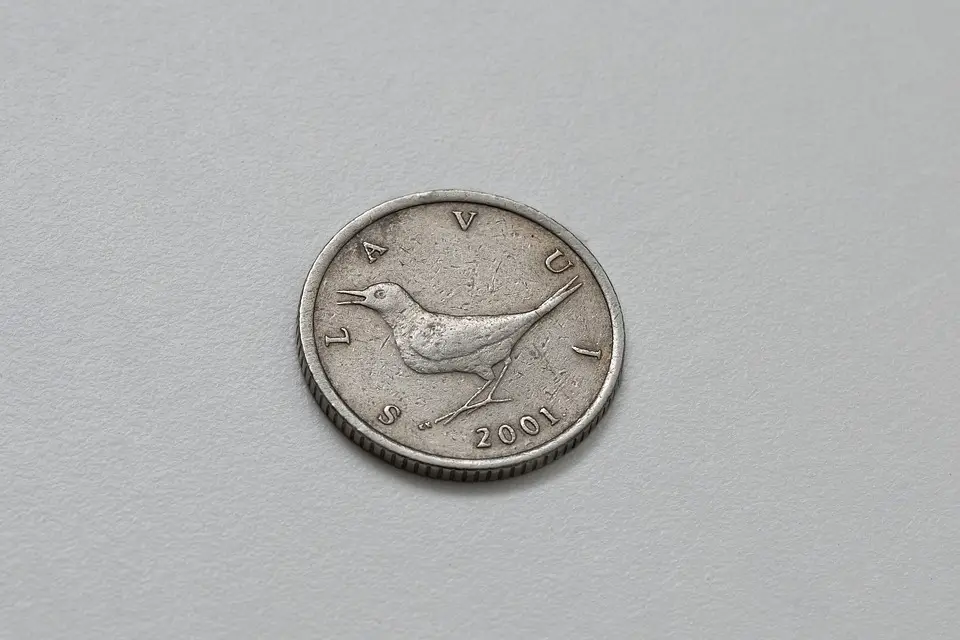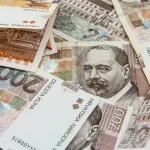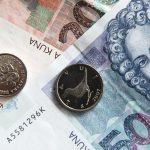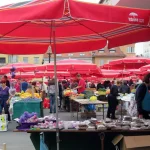As Poslovni Dnevnik writes, you’ll have much less in your basket or bag if you want to spend about 100 kuna in a store or at the market than you would have a couple of years ago. People are aware that prices are rising day by day, and it might bring it home to point out that a few things have become up to 50 percent more expensive during this ongoing wave of Croatian inflation.
Prices are rising on a weekly basis, and if we turn the clock back two years – for the same amount of money we could buy even more: For 100 kuna in pandemic-dominated 2020 you could buy 15 and a half litres of milk, and today, it will get you around 13 litres. Sunflower oil could be purchased for 100 kuna in the amount of about 9 litres, and today, it will get you about 6 and a half only. At the beginning of 2020, you could fill up with 11 litres of petrol for 100 kuna. You’ll only get 7 litres now.
From April the 1st this year, VAT on some products will be lower, but this only partially affects prices for consumers, according to a report from Dnevnik.hr.
Minister of Finance Zdravko Maric says that the price of butter has significantly increased over the past few weeks and months, which had nothing to do with taxes. “We believe and hope that with this significant reduction in VAT, there will be enough space to reduce and mitigate any further moments in terms of prices,” said Maric.
Although the average Croatian salary has also grown to reflect the current situation, it’s abundantly clear that the money being earned is worth less than it once was.
As such, for the entire average Croatian salary, which in 2020 amounted to 6763 kuna, it was possible to buy 732 litres of fuel. Now, in 2022, the average salary rose to around 7,300 kuna, but that’s only enough for 564 litres of fuel today. A huge amount of employees in this country earn even less, with 50 percent of the working population having a salary of less than 6,000 kuna per month.
The average person spends as much as 27 percent of their income on food, but for many, that percentage is far higher. Kresimir Sever from the Independent Croatian Trade Unions has duly warned that the share of food costs among the less financially stable is higher than 40 percent and even 50 percent of their salary or monthly pension.
Rising prices naturally work to reduce consumption. Therefore, Standard & Poor’s predicts GDP growth of 2 and a half percent, as opposed to 5 percent.
For more, check out our lifestyle section.











